 For Sale ROCKFORD FOSGATE SYMMETRY EPX kondisi muluuus n segel...................1,25
For Sale ROCKFORD FOSGATE SYMMETRY EPX kondisi muluuus n segel...................1,25
ROCKFORD FOSGATE SYMMETRY EPX kondisi muluuus n segel...................1,25jt
1991 Winter CES when Rockford Fosgate dropped "SYMMETRY" on an unsuspecting audience.
I dont mean to insinuate that Rockford Fosgate has reinvented the wheel with this revolutionary piece of hardware, but they certainly have the Auto Sound industry rolling into the 21st century on a new concept in tires.
The potential for SYMMETRY to completely alter our perception of Auto Sound electronics is unquestionable. Additionally, its concept and design are, at this time, completely understood by only a handful of individuals. And, of those select few none grasp the total realm of SYMMETRY as well as its father, Wayne Harris. With that in mind we have chosen to present the introduction of SYMMETRY using information provided directly by Mr. Harris, Rockford Fosgates wizard of circuitry. So, hold on tight, youre about to take a flight into a whole new world in Auto Sound electronics.
The basic Symmetry system consists of the controller housing, power supply module, microcontroller module, preamplifier module, missing link transmitter, and wired remote data access terminal.
Controller Housing
The controller housings motherboard accepts up to 12 plug-in modules. To allow for future expansion, the unit provides a 50 pin bus expansion port, which allows multiple controller housings to be daisy-chained together. Total system capacity is 256 modules comprised of 64 unique module types with up to four each of any unique module.
Six of the motherboards slots are dedicated to control and interface applications, while the other six slots are reserved for audio signal processor modules. Modules are not slot dependent and may be plugged into any slot in its respective six-slot boundary.
Signal processor modules may be digital, analog, or both. Adding a signal processor to the system consists of simply inserting the module into the system. No wiring is required. Never before has upgrading an auto sound system been so simple.
Power Supply Module
The power supply module provides the voltages necessary to operate the various plug-in modules once they are inserted into the Symmetry motherboard. A high-voltage power supply guarantees plenty of headroom for the signal processing modules.
Extreme care was taken to prevent ground loops from being introduced into the system. Audio ground is completely isolated from the chassis ground of the vehicle. Signal processors circuitry is isolated from digital circuitry with opto-isolators. This helps to reduce the possibility of engine noise. Pi filters are also incorporated into the module to improve the signal to noise ratio and reduce supply "hash."
Microcontroller Module
The microcontroller module is the brains behind Symmetry. It controls every aspect of the systems operation. This synergistic approach to system integration results in a system that truly is greater than the sum of its parts.
The microcontroller module features a 16-bit microcontroller running at 17 MHz. It comes with 8K of static ram, 8K of EPROM, and 8K of EEPROM for non-volatile storage. There are five sockets available (40K) for future releases of the systems software.
Preamplifier Module
Other features include a real-time clock and an RS-232 serial interface. By utilizing assembly language programming, the software operates at maximum efficiency with a minimum amount of overhead.
The preamplifier module features four user-selectable balanced stereo inputs. Outputs are provided for front left, front right, back left, and back right. Volume is controlled from a dedicated volume control on the remote data access terminal and can be varied over an 80 dB range. A 20 dB muting function is also available. Bass and treble can be boosted or cut by 12 dB at 45 Hz and 15 KHz respectfully (Punch equalization). Balance and fade functions are available as well.
The user is allowed to save up to four acoustic settings: fader and balance positions, bass and treble settings. On power-up, the microcontroller instructs the preamp to slowly increase the volume of the system until it is at the same level as that when the system was previously turned off.
One interesting feature of the Symmetry system is that multiple identical cards can be used within the same system. Since more than one preamp module can be used, multiple zone applications can be achieved.
For instance, the driver can be listening to one source over the systems speakers while the kids in the back are listening to another source over their headphones.
Four preamp cards would give the user one zone with 16 sources to select from or four zones with four sources each.
Missing Link Transmitter
One of the biggest problems in car audio is noise. For some mysterious reason, source unit manufacturers insist on incorporating low-level unbalanced RCA outputs into their head units. While this may work fine in the home, it is far from ideal in an automotive environment. Ignition noise, fan motors, and alternator whine are just a few of the obstacles that must be overcome in the typical auto sound installation.
In an effort to alleviate these problems, Ive developed what I call the Missing Link Transmitter. This device is actually an extension of the preamplifier module. It accepts up to four stereo inputs, each of which is then immediately converted to a fully balanced differentially driven output. These outputs, which are similar to the ones used in recording studios, are then amplified to approximately 30 volts peak to peak and then routed to the preamp module via a multi-conductor cable.
By locating the Missing Link Transmitter as close to the source unit as possible, we obtain the lowest possible noise figure. Since the output of the MLT is fully balanced, any noise that is induced into the cable between the MLT and the preamp module will be eliminated due to common mode rejection. In addition, by amplifying the signal at the MLT and then reducing it back to unity at the preamp, any noise that escapes the common mode rejection will be reduced at the same time the signal is reduced to unity at the preamp.
DSP Module
Another big problem with auto sound installations is the acoustics of the vehicle. Rockfords Digital Signal Processor attacks this problem on a very fundamental level. Instead of trying to mask the acoustic problems of the environment with echo, reverb, and the like, we try to remove the acoustic anomalies of the vehicle entirely.
Since the acoustics of every vehicle is different, it is impossible to ship a DSP unit with a "canned" set of error-correcting coefficients. Instead, our unit comes with its own microphone that can be installed in the vehicle permanently or on a temporary basis. Once its installed, the user will be required to go through a 60-second setup process.
During this process, the DSP module will first locate the position of the microphone. It will then play pink noise from each of the systems stereo channels. Since the DSP unit is generating the pink noise and also measuring it with a microphone, any difference that it "hears" between what it is sending and what it is receiving is known as error or distortion.
This error can be caused by reflections within the car, standing waves, phasing problems between the drivers, deficiencies in the drivers themselves, time alignment problems and a host of other nasties. Once the DSP unit nails down what these acoustic anomalies are, it can create a set of coefficients that represent the inverse of the error or "anti-error." This anti-error is then recombined with the program material to effectively null out or remove the acoustic problems within the listening environment.
Equalizer Modules
Currently, there are two equalizer modules available for operation with Symmetry. These include a 14-band stereo unit and a 28-band 1/3 octave stereo unit.
The 14 band version is octave from 500 Hz and up and 1/2 octave in the difficult-to-adjust frequencies below 500 Hz. � the 28-band unit is 1/3 octave.
Both units allow for a maximum of 12 dB boost or cut. All equalization commands are executed with the RDAT. In addition to boost and cut, equalization settings may also be saved and recalled from memory. As an added benefit, noise is reduced and reliability is increased with the elimination of electro-mechanical pots.
With the introduction of the Symmetry Real Time Analyzer module (fall 91), both of these units will be capable of automatic equalization.
Remote Data Access Terminal
One of my primary design objectives when designing Symmetry was to make the system as "user friendly" as possible. This has been accomplished with the remote data access terminal (RDAT). This unit consists of 25 buttons and a two-line by 40 character back-lit LCD display.
To simplify operation, the user is requested to select from a list of displayed options rather than actually enter any data. This type of operation is very similar to that of an automated teller machine. Options are listed directly above the five large "soft keys" on the remote. The user then makes the appropriate selection and presses the button corresponding to that particular option. At that point, additional selections will be displayed. The four arrow keys are also used extensively during operation of the system.
For example, while adjusting the preamp modules fader, the up arrow key fades the sound forward while the down arrow key fades the sound toward the back. The left and right arrow keys fade the sound left and right respectively. This type of operation tends to be very intuitive to the user, which in turn results in quick and easy operation of the remote.
The remote data access terminal is available in two configurations: wired and RF. The standard wired version communicates with the microcontroller module in the controller housing via a standard phone cable (RJ-11). The RF version communicates via radio frequency FM frequency shift keyed (FSK) operation. It is important to note that both units receive as well as transmit data to and from the microcontroller module.
16 Channel Crossover
The Symmetry electronic crossover module is one of the most versatile crossovers ever created. It takes the four preamp outputs from the preamp and divides these signals into the following 16 outputs: Front Left and Right Highpass, Front Left and Right Bandpass 1, Front Left and Right Bandpass 2, Back Left and Right Highpass, Back Left and Right Bandpass 1, Back Left and Right Bandpass 2, Left and Right Constant Bass Lowpass, Summed Mono Constant Bass Lowpass, and Center Channel Highpass.
Each of the 16 outputs listed above can be dynamically programmed via the remote data access terminal to one of 256 possible crossover frequencies. This allows the installer to sit in the vehicle and listen or RTA the vehicle while actually scrolling through the crossover frequencies in real time!
Wiring the output of the crossover module to the input of the amplifier housing is a breeze. Instead of 10 stereo RCA patch cables (16 crossover outputs + 4 preamp outputs), Symmetry uses one standard DB25 cable. Its quick, easy, neat, and there is no chance of wiring error.
Amplifier Housing
The amplifier housing maintains Symmetrys expandable modular architecture. Up to four four-channel amplifiers may be installed into each amplifier housing. Multiple amp housings may be daisy-chained together for unlimited installation flexibility.
A thermostatically controlled fan provides forced-air ventilation. A 20 by 16 pin programming matrix allows the user to route any of the 20 (16 crossover + 4 preamp) potential signal outputs to any of the amplifiers 16 inputs (4 channels x 4 amps).
With the optional amp house interface module, the microcontroller can monitor the input voltage to each amp, each amps internal "+" and "-" rail voltages, and the output voltage for each channel. If Symmetry loudspeakers are used, the microcontroller can also monitor the cone excursion of the drivers and reduce output or limit bandwidth if the maximum allowable excursion of the driver is exceeded.
Symmetry Loudspeakers
Symmetry loudspeakers take a more refined approach to generating acoustic output. High efficiency drivers allow the 400-watt Symmetry system to generate the same acoustic output as conventional loudspeakers with 4000 watts of amplification. This incredible feat is accomplished by using edge-wound wire in the voice coils, stronger magnets, and light but rigid cone material.
In addition to high efficiency, Symmetry loudspeakers also feature a secondary winding on the voice coil. This coil allows the microcontroller to monitor the physical excursion of the driver. If excessive excursion is observed, the microcontroller can reduce system output or modify the drivers bandwidth (if the Symmetry crossover module is present) in order to prevent damage to the driver. This also insures maximum acoustic output capability since Sound Pressure Level starts to drop off once a drivers maxi- mum linear excursion is exceeded.
Symmetry loudspeakers are also optimized for automotive applications. Practical size enclosures along with realistic Fb and F3 were used to reverse engineer or "extrapolate" the required Thiele-Small parameters using the TERM-1 Loudspeaker Development Software.
Security Interface Module
Symmetrys security interface module is flexible and easy to operate. It consists of eight input "zones" and eight outputs. The inputs can be configured via the RDAT as active hi (Ford) or active low (GM) type inputs. Once a particular zone has been designated, the user is asked to identify the sensor type via the software (PIN, SHOCK, uWAVE, etc.) Six of the modules outputs are pre-assigned to specific purposes such as Siren, IGN Lockout, Parking Lights, Horn, etc., while the remaining two outputs may be used as general purpose outputs by the user.
If the system incorporates an RF version of the RDAT, the vehicle will try to contact the user in the event of an alarm condition. For example, if you are at home or work, and an alert condition occurs, the microcontroller will beep the RDAT and display a message such as "Perimeter Violation � Passenger Door" and then display the time that the event occurred. Multiple events are recorded along with the time they occurred and sensor type and location.
Digital Output Module
The digital output module consists of 16 general purpose digital outputs. Used in conjunction with its relay assembly housing, the digital output module can switch eight (optionally, 16) relays to accomplish just about anything you can imagine. These outputs can be controlled manually via the RDAT or, automatically by using a macro control.
The RDAT software allows you to write Macros that consist of a series of events and durations. In this manner, you can pull off some really neat tricks. For instance, on a cold winter morning, you could "play" a macro that would start your car, turn on the heater after two minutes, unlock the doors, and, say, turn the radio on. Alternately, the macro can be played automatically at a preset time on a particular day.
FM Tuner / CD Controller Module
The FM tuner module allows the Symmetry system to receive stereo FM broadcasts. In addition to standard presets, this tuner allows the user to scan an area for available stations and automatically program a bank of presets in the order of received signal strength. Presets can be categorized by music type (rock, jazz, country, etc.), as well as locale (Phoenix, LA, Chicago, etc.) In addition to the stations frequency, the stations call sign may be entered.
The FM tuner card is also capable of "emulating" the control signals of some of the more popular CD changers on the market. In this type of arrangement, a cable would connect between the I/O post corresponding to the FM tuner module on Symmetry to the remote commander jack on the CD changer. This allows the user to control the CD changer from the RDAT.
At this point, nothing needs to be mounted in the dash of the vehicle � an important point in todays world of ever-changing OEM source units. Enhanced security is an added benefit. Since there is nothing to see in the dash of the vehicle, chances are a thief is not going to break into the car.
Modules in the Works
Video Interface Module
Amp House Interface Module
Mobile Phone Interface Module
Vehicular Interface Module
Cellular Phone Interface
Speech Synthesizer Module
Radar Detector Module
Alternator Regulator Module
Vehicle locator/navigator Interface Module
Other modules to be announced.
Its pretty easy to tell that Rockford Fosgates Symmetry could possibly set the standard for auto sound for years to come. With the development of new cards, one day you might be able to tell your car where to go, take a nap and have the vehicle wake you up when you get there. For more information on the Symmetry system contact Rockford Fosgate, 613 South Rockford Drive, Dept. AS, Tempe, AZ 85281 (602) 967-3565. Please be sure to mention that you read about Symmetry in Auto Sound & Security Magazine!
CALL
082123883999


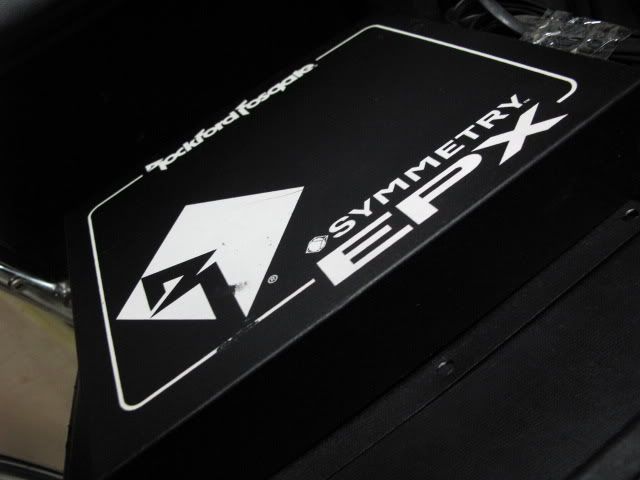
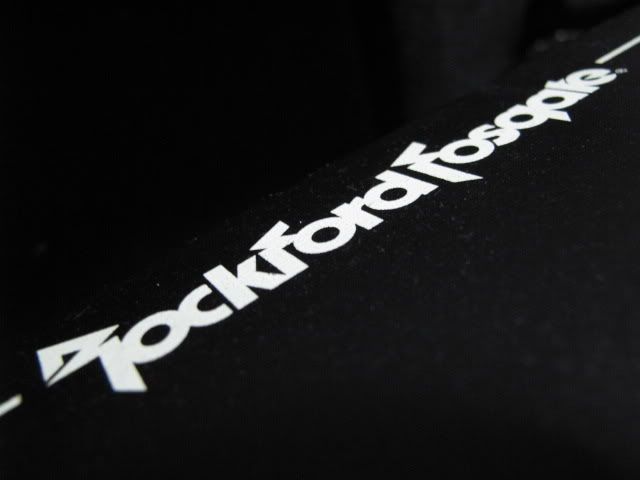

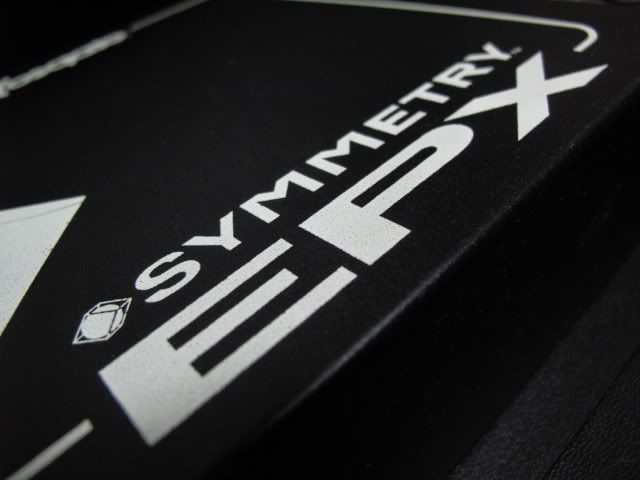
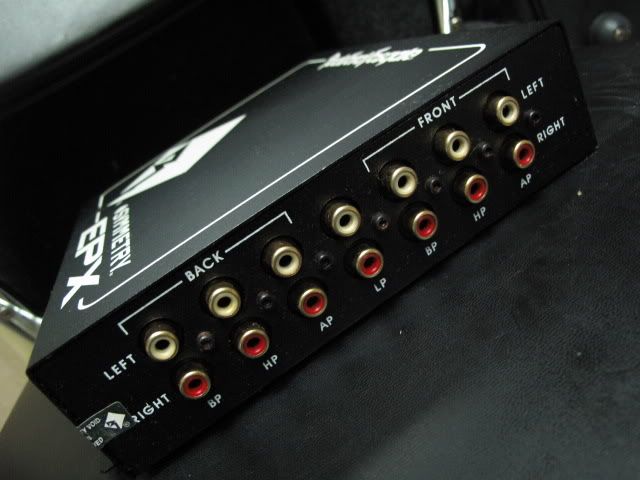

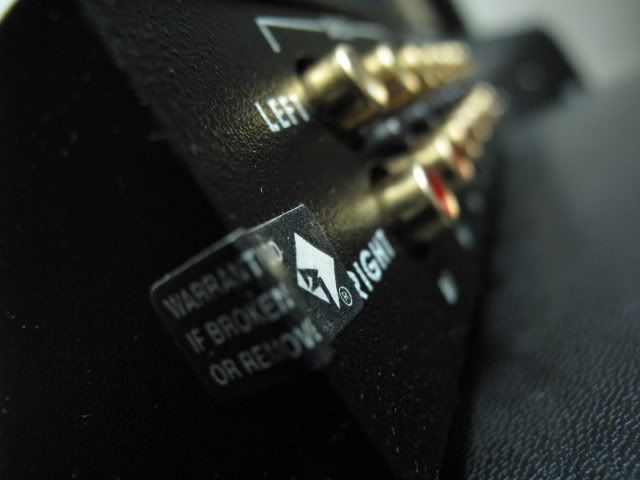
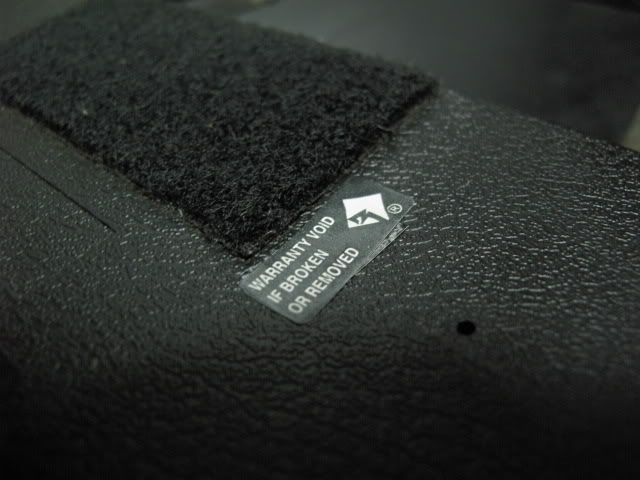

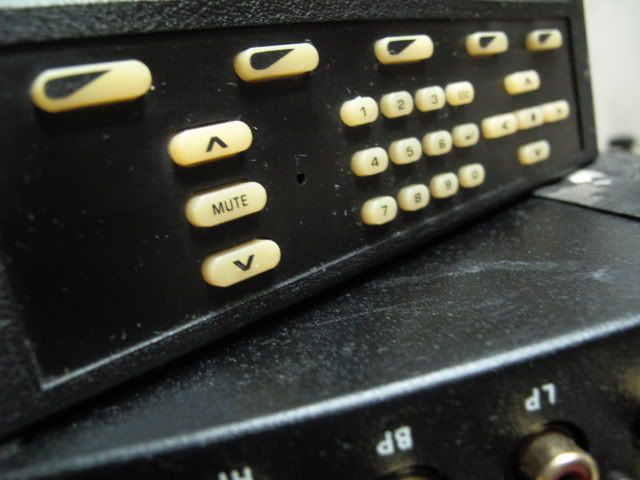




|



